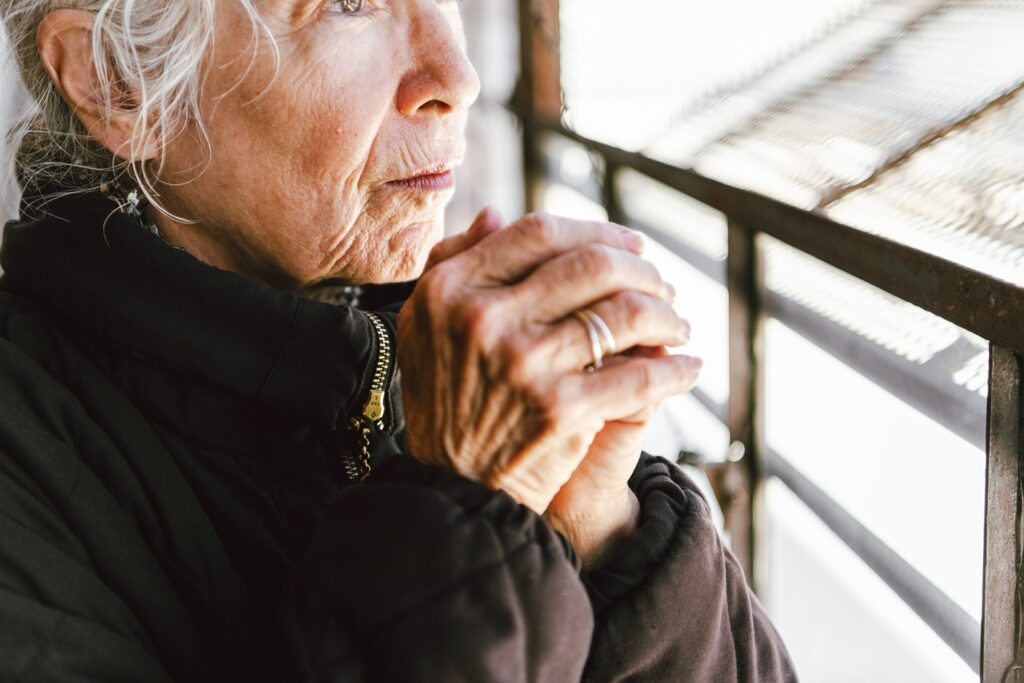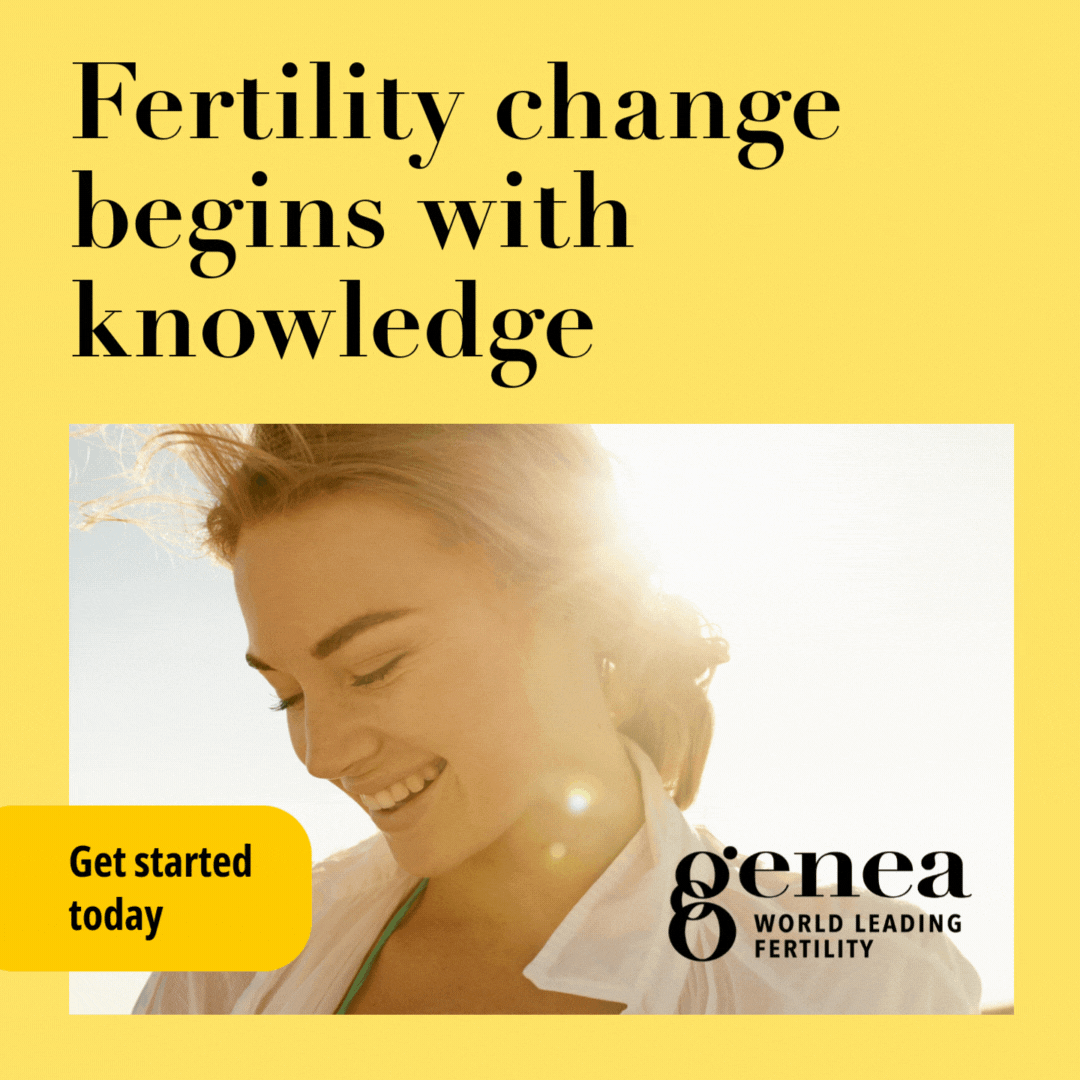Women in Australia are disproportionately vulnerable to housing insecurity and domestic violence, with the two issues grossly interlinked.
An Australian public health study estimates that nearly 9,120 women become homeless each year due to domestic violence.
Women are particularly vulnerable to housing insecurity, and older women are the fastest growing group of Australians facing homelessness.
For many women the threat of homelessness can shape their choices and ability to leave coercive control situations. Not having access to adequate and stable housing means women are less likely to leave a perpetrator of domestic and family violence, or more likely to return if they do.
In 2023–24, six out of 10 people assisted by homelessness services had experienced family and domestic violence.
Australia’s specialist homelessness services are also underfunded and unable to meet the high demand of support, with the average unassisted requests sitting at nearly 295 per day, according to 2022-23 research from the Australian Prevention Partnership Centre.
This Homelessness Week, an annual awareness campaign by Homelessness Australia, the theme is “Homelessness Action Now”, representing the reality that change can’t wait for the people in need of support.
Homeless populations
In Victoria, a new report this week showed 20 per cent of family violence survivors are missing out on crisis accommodation. For one in five women and children leaving family violence in the state, they’re left with no crisis bed at all, after being moved between family-violence and homelessness services.
In Brisbane, annual figures released today at the Brisbane Zero forum show the city has more than 4,600 people, including 1,230 families and 2,125 children facing homelessness.
Sole parenting women made up 88 per cent of families experiencing homelessness in Brisbane last financial year.
First Nations people are also over-representing in the homeless population of Brisbane, with a quarter of families identifying as Aboriginal or Torres Strait Islander, according to the latest statistics.
First Nations women, in particular, disproportionately represent the homeless population, often caused by the significantly higher rates of family and domestic violence (FDV) they experience compared to non-Indigenous women.
Aboriginal women are up to 35 times more likely to experience DFV than non-Aboriginal women. This accounts for much of the homelessness experienced by Aboriginal families, according to the NSW government, which reported in a 2022-23 report that nearly 500 Aboriginal and Torres Strait Islander women per 10,000 sought assistance from specialist homelessness services due to FDV, a rate that has increased since 2018-19.
The problem is also affecting younger women, as almost half of all people receiving support from specialist homelessness services are younger than 25 years. Young people presenting alone are also most likely to be female (65 per cent).
Addressing the homelessness and domestic violence crisis
Marking the start of Homelessness Week, NSW Minister for Women and Prevention of Domestic Violence and Sexual Assault Jodie Harrison announced government funding of the first modular response in metropolitan Sydney to address the dual crises of homelessness and domestic violence.
The eight specifically designed, pre-built modular units will create urgently needed crisis accommodation for women and their children escaping violence. The expansion of the Women’s Community Shelters Network is part of a project funded by $2.4 million NSW Government Core and Cluster funding.
Over in Melbourne, the charity Bridge It has announced a second ‘Cocoon’ housing to support young women and gender diverse people experiencing homelessness. The 15-studio apartment building in St Kilda follows the success of the original Cocoon launched in 2021, in collaboration with community housing provider HousingFirst.
Cocoon is a program that includes lived experience mentoring and skills development along with housing support. Founder of Bridge It, Carla Raynes said “it’s a place to call home for 12-18 months and provides our young people aged 16–21 with time and space to stabilise and recover from trauma.”
Supporting homelessness as well, YWCA Australia has just released their Gender Responsive Design Guidelines, offering a blueprint for safer and more inclusive housing. Developed in consultation with Dr Samantha Donnelly from UTS, the guidelines build on the Women’s Housing Framework and embed gendered considerations into the design of homes for those at risk of homelessness.
The guidelines take into consideration that trauma informed spaces keep women and children safe, along with designing spaces to foster wellbeing and community.


